In the age of better-for-you beverages, Limitless Sparkling Water checks off all the boxes. With no calories, sugar or artificial sweeteners, the sparkling water has the potential to be the next soda substitute. So, what separates Limitless Sparkling Water from other sodas and where does it fit into the beverage industry?
Beverage titan Keurig Dr Pepper (KDP) purchased Chicago-based Limitless Sparkling Water back in January 2020, betting on sparkling water to fill the void created by decreasing soda sales. The purchase expanded KDP’s water portfolio, which includes Evian, Core Hydration and Bai. KDP also owns some sparkling water brands, including Canada Dry and Schweppes, but neither contain caffeine. This is where Limitless comes in.
Limitless’ Refresh line of beverages contains 35 mg of caffeine per can, equivalent to around a half of a cup of coffee. The company’s website describes the lightly caffeinated sparkling water as, “all flash, no crash,” noting the caffeine is naturally sourced from coffee beans. Limitless offers several flavors of Refresh, including Grapefruit Hibiscus, Lemon Lime, Watermelon and Cucumber Pear.
For those seeking a caffeine-free sparkling water, Limitless also introduced its Relax line, with each can containing 200 mg of L-theanine, an amino acid that helps support relaxation. The naturally-occurring compound can also be found in green and black teas, as well as in supplement form. The Relax line comes in two flavors: Lavender Chill and Cherry Lemon Bliss.
SōRSE: How a Food Emulsification Company is Making CBD and THC Infusions Safer
Though caffeine and L-theanine appear to serve different and conflicting purposes, one study demonstrated that when the two were combined, cognitive performance and mood improved during demanding tasks. Another study found increased subjective alertness among participants that consumed 97 mg of L-theanine and 40 mg of caffeine. While Limitless currently advertises both lines together on its social media, the company doesn’t mention the potential positive effects of consuming them together.
KDP’s purchase of a caffeinated sparkling water brand was a savvy move given that studies have shown US consumers are drinking more caffeinated beverages. Additionally, the global sparkling water market is estimated to reach $2.1 billion by 2027, growing at a CAGR of five percent over the forecasted period, according to ReportLinker.
However, Limitless Sparkling Water faces heavy competition as it scales up. In late 2019, Coca-Cola North America announced it would be introducing a flavored sparkling water brand called AHA. The beverage comes in eight flavors, including Raspberry + Acai, Lime + Watermelon and Strawberry + Cucumber. Similarly to Limitless, each can contains 30 mg of caffeine with no calories, sweeteners or sodium.
“As the largest and fastest-growing part of the water business, mainstream flavored sparkling water is a segment we know we must double-down on,” said Celina Li, VP, Water, Coca-Cola North America, in a press release.
Other smaller companies and startups are getting into the space, too. A sparkling water brand called Spindrift that uses natural fruit flavoring saw sales jump by 800 percent between 2016 and 2018. Even Jelly Belly, the maker of the infamous jelly beans, decided to launch the Joffer Beverage Company, a line of candy-flavored sparkling water.
Although KDP is increasing its presence in a crowded space, acquiring Limitless, a brand that already has a reputation in the market, was a smart move. Limitless Sparkling Water currently sells in major retailers including Walmart and Amazon.


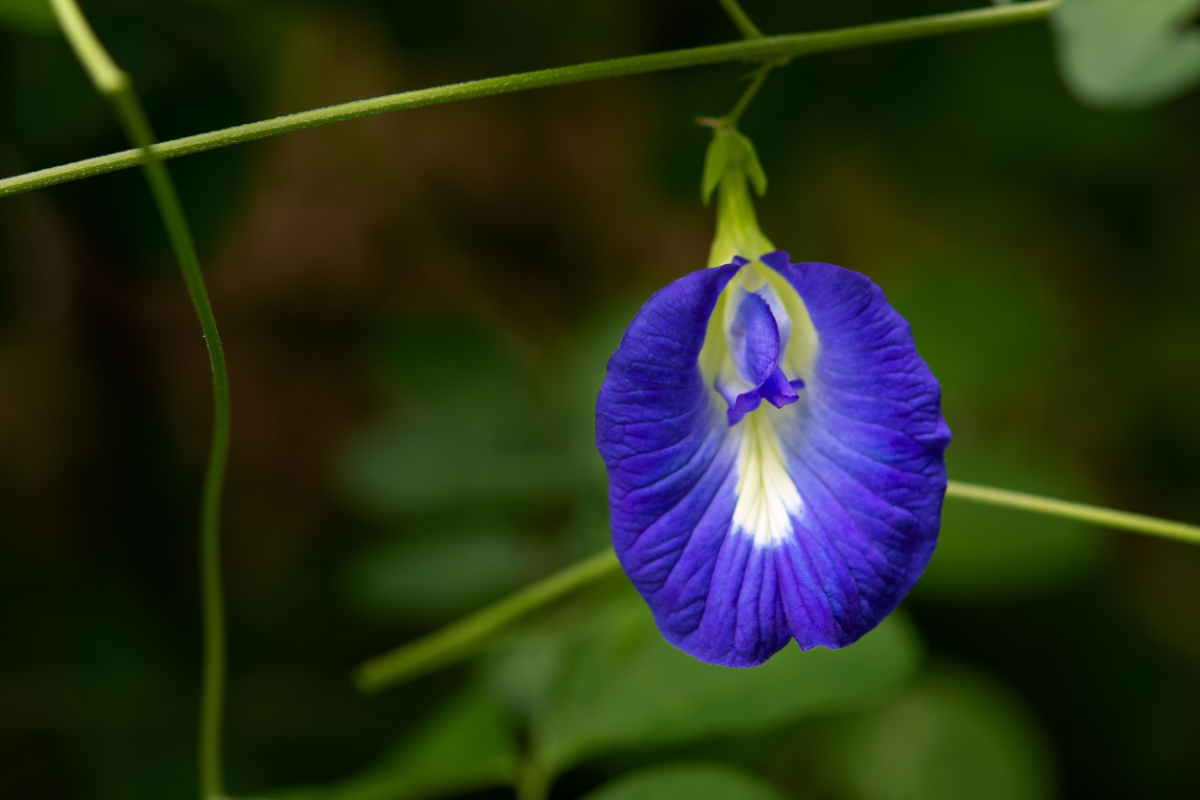
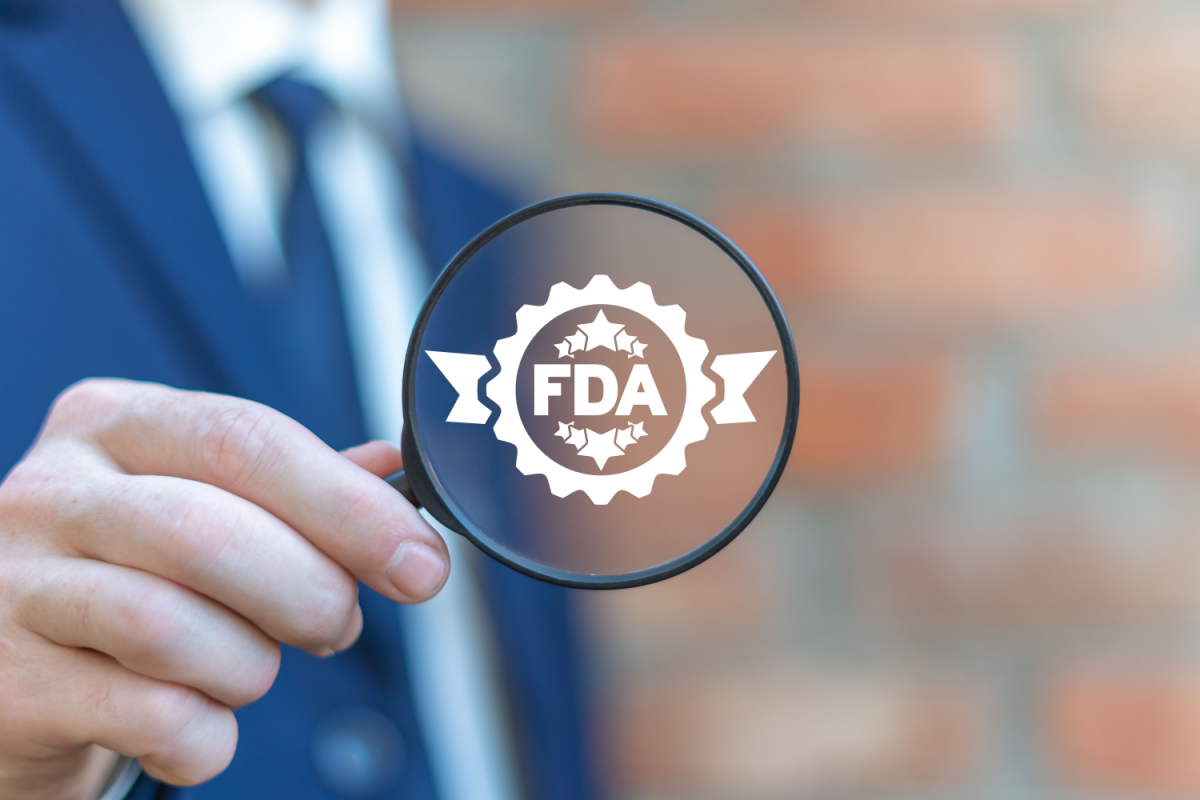
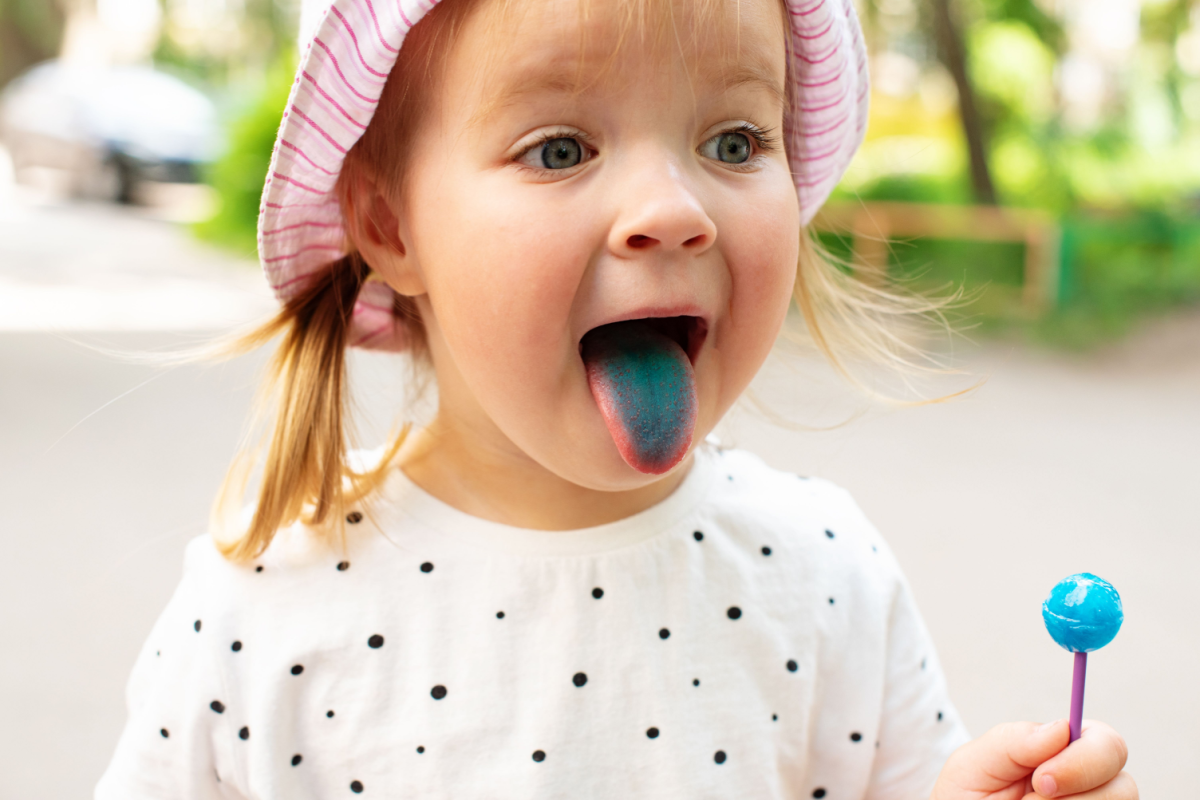
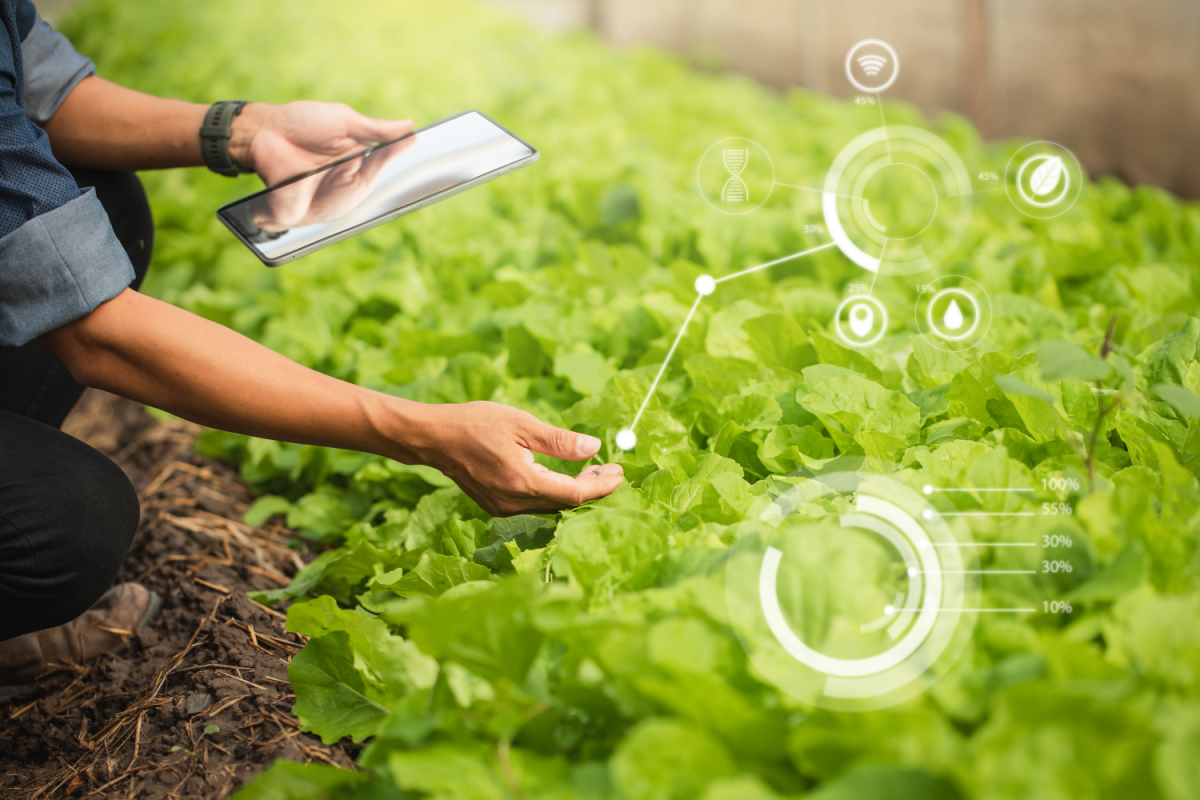
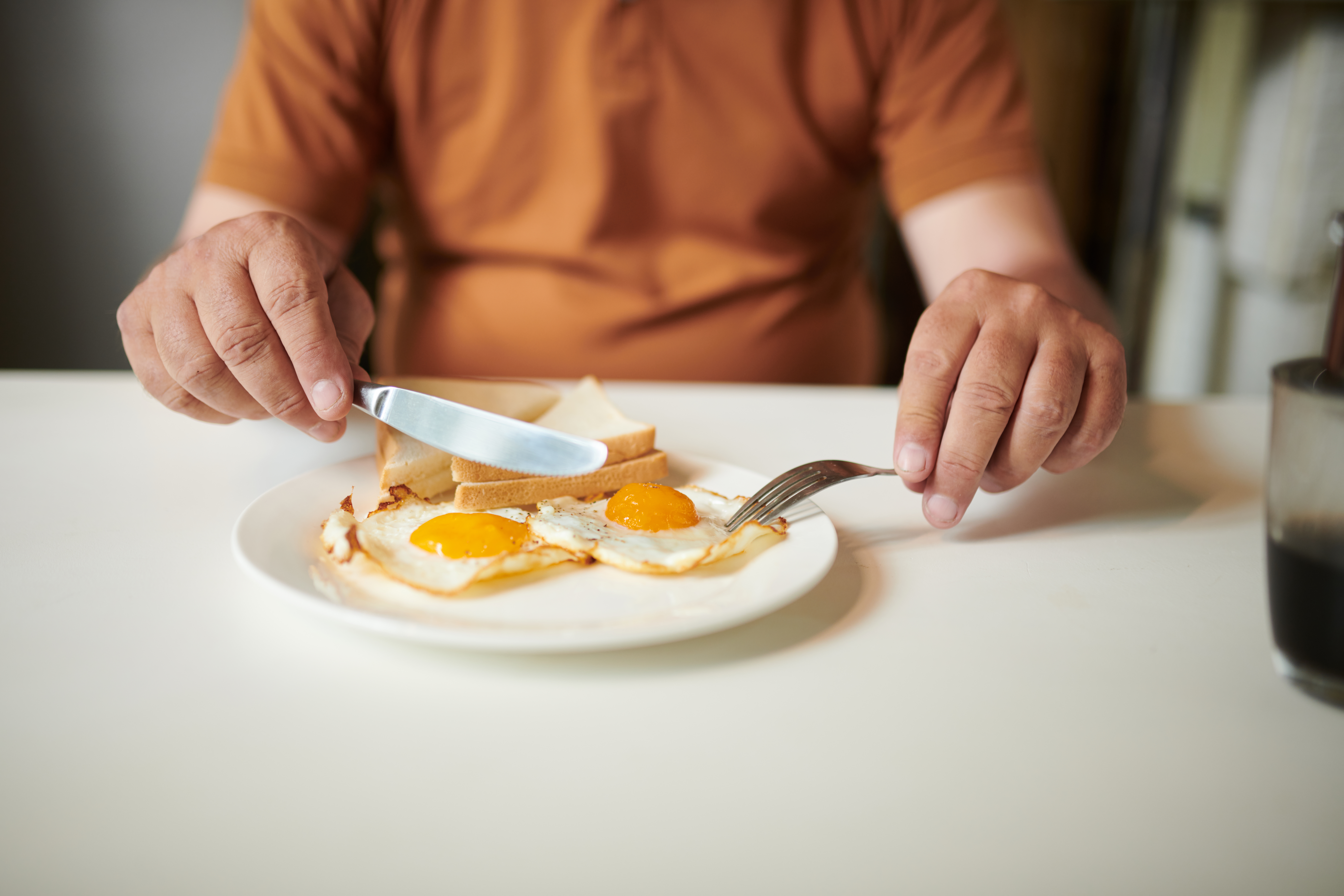





Join or login to leave a comment
JOIN LOGIN